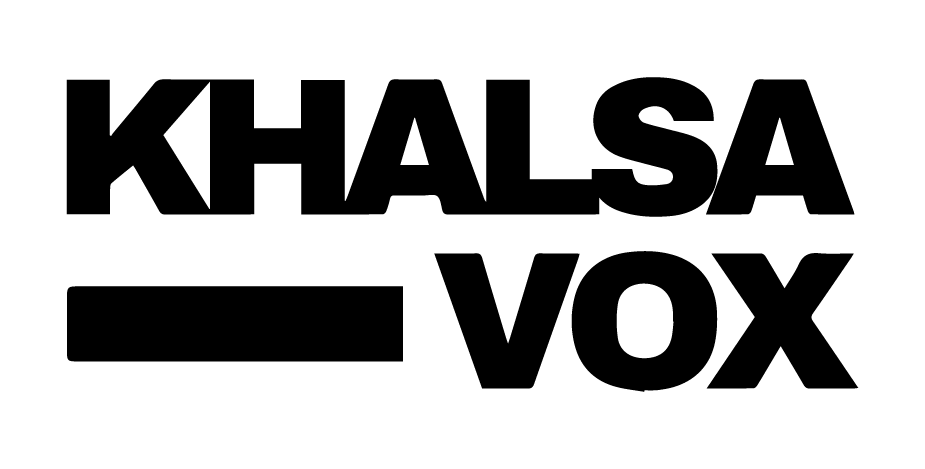AI Generated Summary
- Beyond arms deals, the discussion of a Reciprocal Defense Procurement (RDP) agreement and the review of International Traffic in Arms Regulations (ITAR) indicate a willingness to streamline defence trade and technology transfers.
- The recent meeting between Prime Minister Narendra Modi and US President Donald Trump at the White House was more than just another diplomatic handshake—it was a milestone moment in the evolving partnership between the world’s two largest democracies.
- With the launch of multiple new initiatives, including the COMPACT and TRUST frameworks, this meeting set a definitive roadmap for a future grounded in cooperation and shared global leadership.
The recent meeting between Prime Minister Narendra Modi and US President Donald Trump at the White House was more than just another diplomatic handshake—it was a milestone moment in the evolving partnership between the world’s two largest democracies. Marked by strategic defence deals, trade ambitions, technology collaboration, and energy commitments, the summit underscored the depth and breadth of US-India relations. With the launch of multiple new initiatives, including the COMPACT and TRUST frameworks, this meeting set a definitive roadmap for a future grounded in cooperation and shared global leadership.
Defence and Security: Strengthening the Strategic Bond
The defence agreements between the US and India signal a transformational leap in military cooperation. With a new ten-year framework for the Major Defence Partnership on the horizon, both nations are poised to deepen their security ties. The procurement of advanced weaponry—including Javelin anti-tank missiles, Stryker armoured vehicles, and P8I maritime surveillance aircraft—reinforces India’s military modernization efforts.
Beyond arms deals, the discussion of a Reciprocal Defense Procurement (RDP) agreement and the review of International Traffic in Arms Regulations (ITAR) indicate a willingness to streamline defence trade and technology transfers. Perhaps most significantly, India’s co-development of cutting-edge undersea warfare and autonomous surveillance technologies places the nation at the forefront of next-generation military innovation.
Trade and Investment: Balancing Growth with Reciprocity
Amid the fanfare of high-level talks, the economic discussions took center stage as both leaders set the ambitious goal of increasing bilateral trade to $500 billion by 2030. This is no small feat, especially as India’s trade policies collide with Trump’s aggressive tariff strategies. The US President’s newly announced reciprocal tariff policy could pose challenges for Indian exports, particularly in steel and aluminium. However, with the upcoming bilateral trade agreement (BTA) and new Indian investments worth $7.355 billion in the US, there is a clear commitment to forging a more balanced economic relationship.
Technology and Innovation: The Future is Now
In the age of rapid technological advancements, India and the US are positioning themselves as global leaders in innovation. The TRUST initiative is a welcome step towards deeper collaboration in artificial intelligence, data processing, and strategic mineral recovery. The INDUS Innovation program promises to foster industry-academic cooperation in space, energy, and biotechnology, solidifying India’s role in global technological advancements.
Additionally, with a burgeoning Indian pharmaceutical sector making inroads into the US, the collaboration on manufacturing critical medicines will not only strengthen supply chains but also enhance global healthcare security.
Energy and Sustainability: Powering the Future
Energy security has long been a cornerstone of the US-India partnership. The reaffirmation of the India-US Energy Security Partnership and India’s potential full membership in the International Energy Agency (IEA) signal a commitment to long-term energy cooperation. The revival of the India-US 123 Civil Nuclear Agreement and discussions on small modular nuclear reactors highlight the shift towards clean, sustainable energy solutions.
People-to-People Ties: Strengthening Human Connectivity
One of the most enduring links between the two nations is the vibrant Indian diaspora in the US. With 300,000 Indian students contributing over $8 billion annually to the US economy, education and professional mobility remain critical. The commitment to expanding joint degrees, offshore campuses, and Centres of Excellence will further deepen this bond.
At the same time, addressing illegal immigration, human trafficking, and organized crime through stronger law enforcement cooperation is a necessary step in ensuring the security and stability of people-to-people exchanges.
Multilateral Cooperation: A Shared Global Vision
The two leaders did not shy away from addressing global security concerns, particularly in relation to terrorism. Their joint condemnation of Pakistan’s inaction on terror networks and the approval of the extradition of 26/11 convict Tahawwur Rana to India reflect a shared commitment to counterterrorism.
Beyond bilateral ties, the strengthening of the Quad alliance (India, US, Japan, and Australia), the India-Middle East-Europe Corridor (IMEC), and the I2U2 Group signal India’s growing influence in global strategic affairs. Furthermore, the announcement of Meta’s 50,000 km undersea cable project emphasizes the increasing role of private sector giants in shaping international connectivity.
The Road Ahead: A Partnership of Equals
This meeting marks a defining moment in US-India relations. No longer is India merely an ally-in-the-making; it is now a formidable global player with the ability to negotiate from a position of strength. While challenges remain—especially concerning trade disputes and evolving geopolitical tensions—the frameworks established in this meeting provide a clear path forward.
As the world navigates an era of uncertainty, the US and India have an opportunity to shape a future defined by security, prosperity, and technological leadership. The COMPACT and TRUST initiatives are more than just acronyms; they are blueprints for a partnership built to last. The future of US-India relations has never looked brighter.




